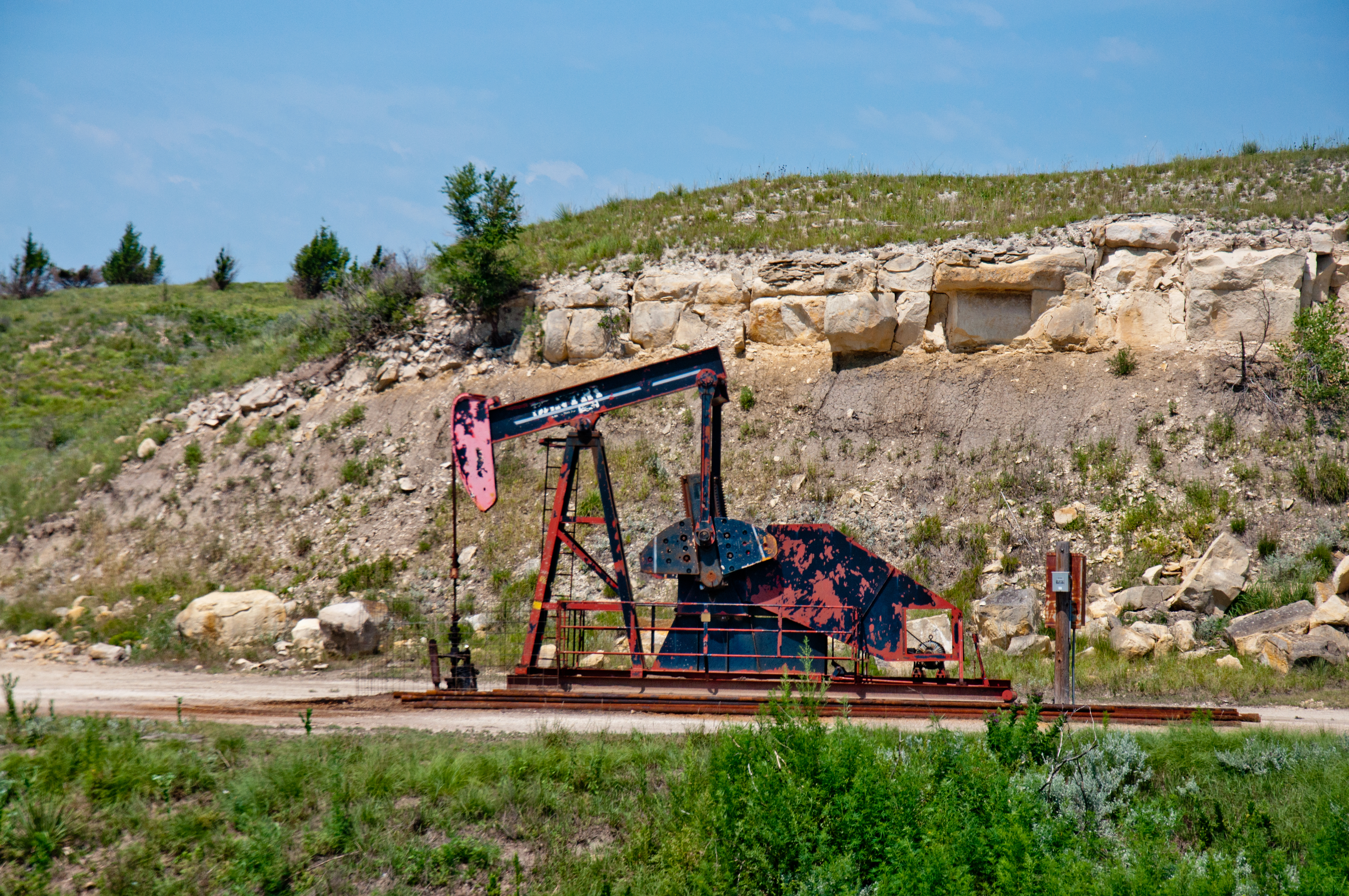By JOHN P. TRETBAR
The drilling rig counts in Kansas are up while the national numbers are down. Independent Oil & Gas Service reported an increase in the number of active drilling rigs in Kansas. There are four active rigs in the eastern half of the state, up two, and 26 west of Wichita, up four. Nationwide, Baker Hughes reports a big drop in its weekly rotary rig count, which was down nine oil rigs and down one gas rig for a total of 1,016 active rigs. Texas was down four rigs, Oklahoma and New Mexico were each down two. Louisiana was down three.
Regulators approved 13 permits for drilling at new locations across the state last week, five in eastern Kansas and eight west of Wichita, with one new permit in Russell County and one in Stafford County.
Independent Oil & Gas Association reports 30 newly-completed wells for the week, bringing the total so far this year to 401. There were four new completions east of Wichita and 26 in Western Kansas including one in Barton County, one in Ellis County, two in Russell County and one in Stafford County.
Kansas Gov. Laura Kelly appointed a former executive director of the Kansas Corporation Commission to a vacant seat on the commission. Topeka Metropolitan Transit Authority general manager Susan Duffy will replace former Senator Jay Emler on the commission. Duffy previously served as KCC executive director from 2003 to 2011. She also served in the Kansas Legislative Fiscal Research Department, the Kansas State Historical Society, the Kansas Department of Revenue and the Division of the Budget.
The KCC regulates several key sectors of the state’s economy, including oil and natural gas exploration and production, as well as investor-owned utilities, and commercial trucking. The commission consists of three members appointed by the governor and confirmed by the Senate for overlapping four-year terms.
The Trump administration finalized changes to sweeping federal land use plans for the West. Officials say the new guidelines will ease restrictions on energy companies but still protect the habitats of the sage grouse, a ground-dwelling bird that ranges across parts of 11 western states, including Kansas. Opponents are expected to challenge the changes in court.
U.S. refiners aren’t just buying crude to turn into gasoline and diesel — they’re competing with producers and traders to export it. According to Bloomberg, two of the three biggest U.S. Independent fuel makers, Marathon Petroleum and Phillips 66, are making inroads in Asian markets to sell U.S. crude. Both are part owners of existing and new pipelines connecting the Permian Basin to the Gulf Coast.
U.S. crude oil production gained 104-thousand barrels per day last week to 12.084 million barrels per day. According to government reports, we were producing just over 10.4 million barrels per day last year at this time.
The U.S. Energy Information Administration reports imports were up 186,000 barrels per day on the week. EIA said the four-week average is about 11.2% less than a year ago.
The government reports crude oil inventories dropped 9.6 million barrels last week to 439.5 million barrels. That’s about two percent below the five-year seasonal average.
The House of Representatives in Oregon voted to approve a ban on hydraulic fracturing, even thought there are no current fracking operations in the state. The ten-year ban now goes to the Oregon Senate. Developers say there’s potential for coal bed methane extraction in the Willamette Valley, which this bill would also block.
A U.S. judge has blocked oil and gas drilling across a large area of Wyoming, saying the government must consider the impacts of climate change more broadly in leasing public lands for exploration. Prior rulings focused on individual lease sales and permits, but the new ruling orders officials to consider emissions from past, present and foreseeable future oil and gas leases nationwide.
Senators in North Dakota have killed a measure that would have used earnings from a voter-approved oil tax savings account to offset income taxes. The GOP-led Senate defeated the bill 41-4 after it had passed the House by a wide margin. The measure would have used half of any earnings over $300 million from the state’s Legacy Fund to reduce individual and corporate income taxes.
The U.S. continues to ship more oil and petroleum products by rail, as pipeline capacity fails to keep up with increasing output. According to the Association of American Railroads, the total for the week ending March 16 was 12,124 rail cars. an increase of more than 21% over the same week last year. Canadian rail traffic increase by more than 12% to nearly nine thousand rail cars.
U.S. sanctions on Venezuela have resulted in some surprising winners and losers. The sanctions have hamstrung refineries in the United States, where facilities need the heavier Venezuelan oil to produce high-margin refined products like diesel and jet fuel. Reuters reports that refiners in need of substitutes are settling on immediate replacements from BP and Royal Dutch Shell. Trading volumes in these grades of oil have surged to their highest levels in months, and prices reached five-year peaks after sanctions were imposed. Heavy crude accounts for nearly two-thirds of U.S. oil imports. Last year ten percent of that came from Venezuela. Offshore Gulf oil prices have hit five-year highs, and sales are up sharply, according to company executives, market participants and data reviewed by Reuters.

